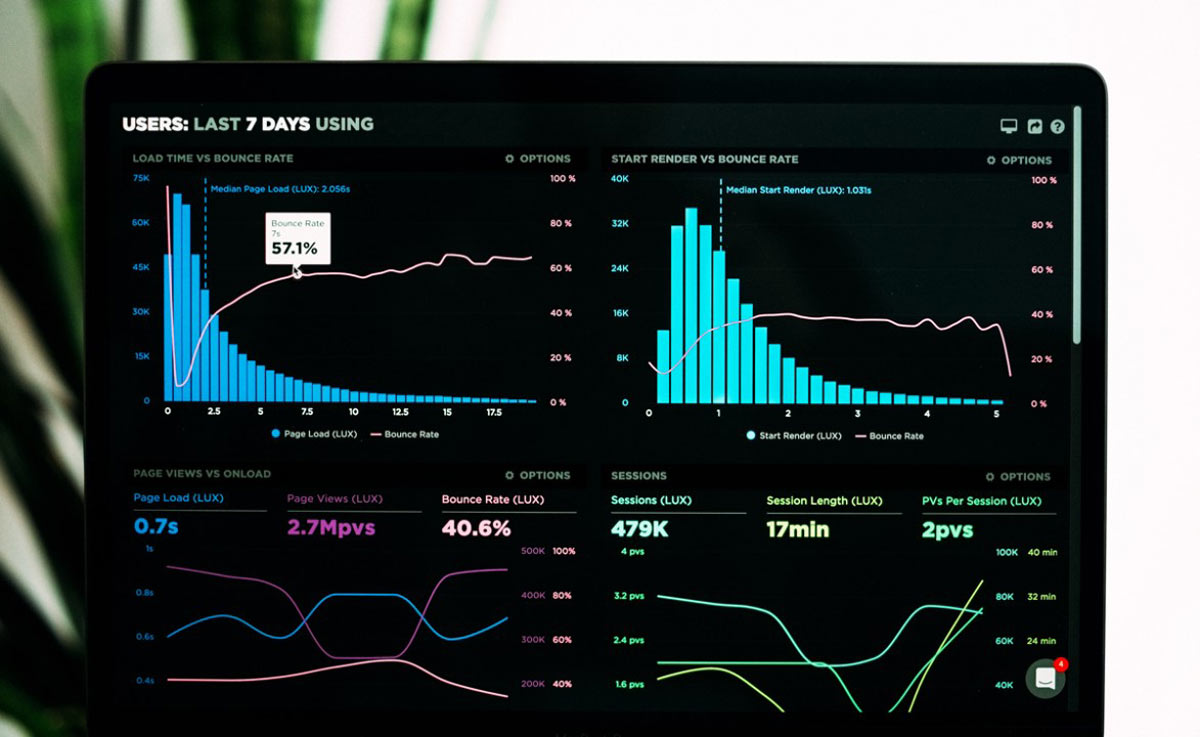Why Use Social Ads to Promote Your Brand?
Social media ads are a powerful way to connect with your target audience. They allow you to reach people based on specific criteria such as occupation, interests, location, and gender. Moreover, these ads come with built-in tools to measure their effectiveness, helping you track leads, sign-ups, and other actions prompted by your call to action (CTA).
Setting Up Social Ads for Success
To make your social media ads successful, follow these steps:
- Set Clear Goals: Decide what you want each ad to achieve—newsletter sign-ups, more followers, increased sales, etc. Ensure that the visuals, messaging, and CTA align with this singular goal.
- Research Your Target Audience: Look beyond demographics. Study your audience’s behavior on social media and analyze similar businesses. Identify the platforms where your audience is most active.
- Choose the Right Platforms: Not every social network will suit your brand or goals. Use tools like Google Analytics and Adobe Analytics to see which platforms drive the most traffic to your site. You can also create mock ads to understand a platform’s targeting capabilities.
- Develop and Test Ad Creative: Use insights from your brand’s most popular posts to craft your ad’s message. Ensure the messaging is goal-oriented and clearly states the benefits. Your visuals should be consistent with your branding and match the imagery on your landing pages.
- Track Performance: Use third-party analytics tools like Marketo or Salesforce to monitor your ads and test variations. This allows for more detailed tracking than relying solely on social media platforms’ analytics.
Knowing If Your Ads Are Working
Once your ads are live, it’s crucial to measure their ROI:
- Conversions or Sales: If your goal is sales, a good ROI means earning more from the ads than you spend. Use UTM-coded URLs and pixel tracking to see how customers interact with your ads.
- Lead Generation: Calculate your cost per acquisition by determining your average conversion rate. For example, if 4 out of every 100 visitors convert and spend $1,000 each, your conversion rate is 4%, and your cost per acquisition would be $40. Ensure your social ads cost less than this per lead to achieve a good ROI.
Case Study: Alana’s Lamas
Imagine Alana’s Lamas sells sweaters made from llama wool. Alana wants to advertise a sale on social media but makes a few mistakes:
- No Clear Goal: Alana doesn’t set a specific goal for her ad.
- Lack of Audience Research: She doesn’t research her target audience’s social media habits.
- No ROI Tracking: Alana doesn’t plan how to track her ad’s effectiveness.
To improve, Alana should:
- Set a Goal: For example, increase sales during the sale period.
- Research: Identify where her target audience spends time online.
- Track ROI: Use UTM codes and pixel tracking to measure conversions and sales.
Conclusion
Before running any social ads, ensure you have a comprehensive plan. Know your target audience, set clear goals, choose the right platforms, craft effective messaging, and have a strategy to measure ROI. By following these steps, you can maximize the effectiveness of your social media advertising efforts.





